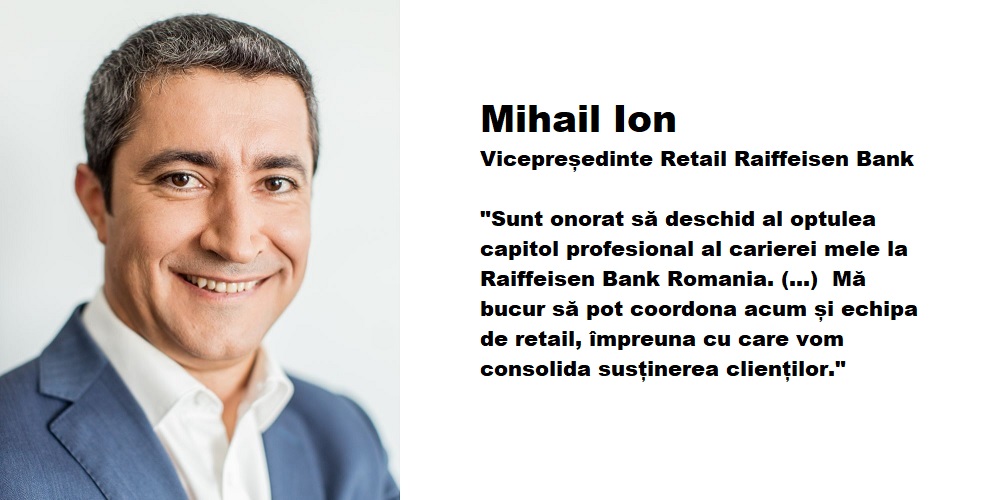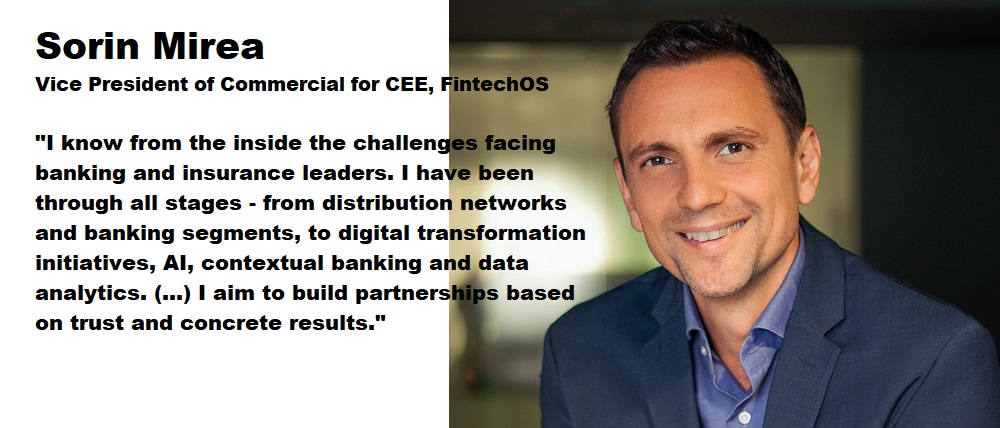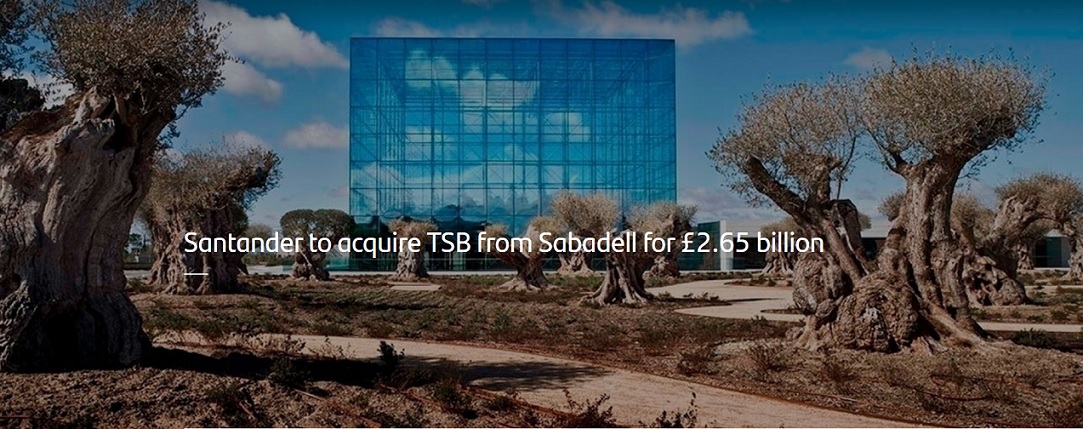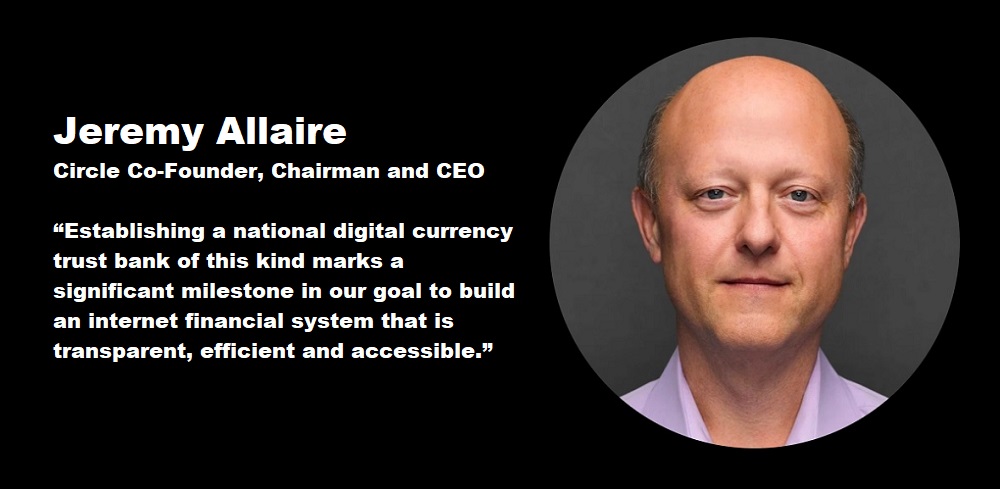Global study: younger, higher income consumers drifting away from banks

Wealthy young adults are warming to financial services provided by non-banks, with 15.5% of digitally-active consumers trying out new P2P and online models for payments and investment advice over the past six months.
According to a survey conducted by EY of 10,131 digitally active consumers in Australia, Canada, Hong Kong, Singapore, the UK and the US, 15.5% have used at least two fintech services — defined as financial services products developed by non-bank, non-insurance, online companies — in the past six months.
EY suggests that this number is expected to double over the next 12 months, a level of adoption that will will require traditional financial services companies to revisit their customer service strategies to compete effectively with new market entrants.
EY’s Fintech Adoption Index index evaluates the use of non-bank platforms in four categories: savings and investments; money transfer and payments; borrowing; and insurance.
Payment services, including the use of non-bank providers to make online payments, online foreign exchange, and overseas remittances, have the highest adoption rate in the markets surveyed, with 17.6% of those polled trying out alternative sources of finance. Savings and investments products, online stockbroking and spread betting are also beginning to gain traction among digitally-savvy consumers.
Imran Gulamhuseinwala, EY global fintech leader, says: “The adoption of fintech products is relatively high for such a new sector, so the risk of disruption is real. As finTtech continues to catch on among consumers, traditional financial services companies will have to reassess their view of which customers are most at risk from the new competition and step up their efforts to serve them effectively.”
Early adopters tend to be younger, higher-income customers. Respondents between the ages of 25 and 34 years old used at least two alternative platforms in the past six months the most (25.2%), followed by those aged 35 to 44 (21.3%), and those aged 18 to 24 (17.7%). The index also correlates with income levels, with 44% of early adopters in the $150k-plus wage bracket.
Steven Lewis, global lead banking analyst at EY, says: “Higher-income individuals are some of the most economically valuable customers for banks and insurers. These organisations will have to review how their offerings, such as their own multi-channel strategies or partnerships with fintech providers, meet their customers’ needs. Otherwise, they may have difficulty stemming the flight to fintech.”
In September, McKinsey reported that up to $1 trillion in profits is in play as the world’s banks battle to fend off competition from as many as 12,000 fintech startups globally. The research house warns that as much as 60% of bank profits in five retail businesses – consumer finance, mortgages, small-business lending, retail payments and wealth management – are at risk from a combination of shrinking margins and competition from fintech startups.
Source: finextra.com
Dariusz Mazurkiewicz – CEO at BLIK Polish Payment Standard
Banking 4.0 – „how was the experience for you”
„To be honest I think that Sinaia, your conference, is much better then Davos.”
Many more interesting quotes in the video below:












